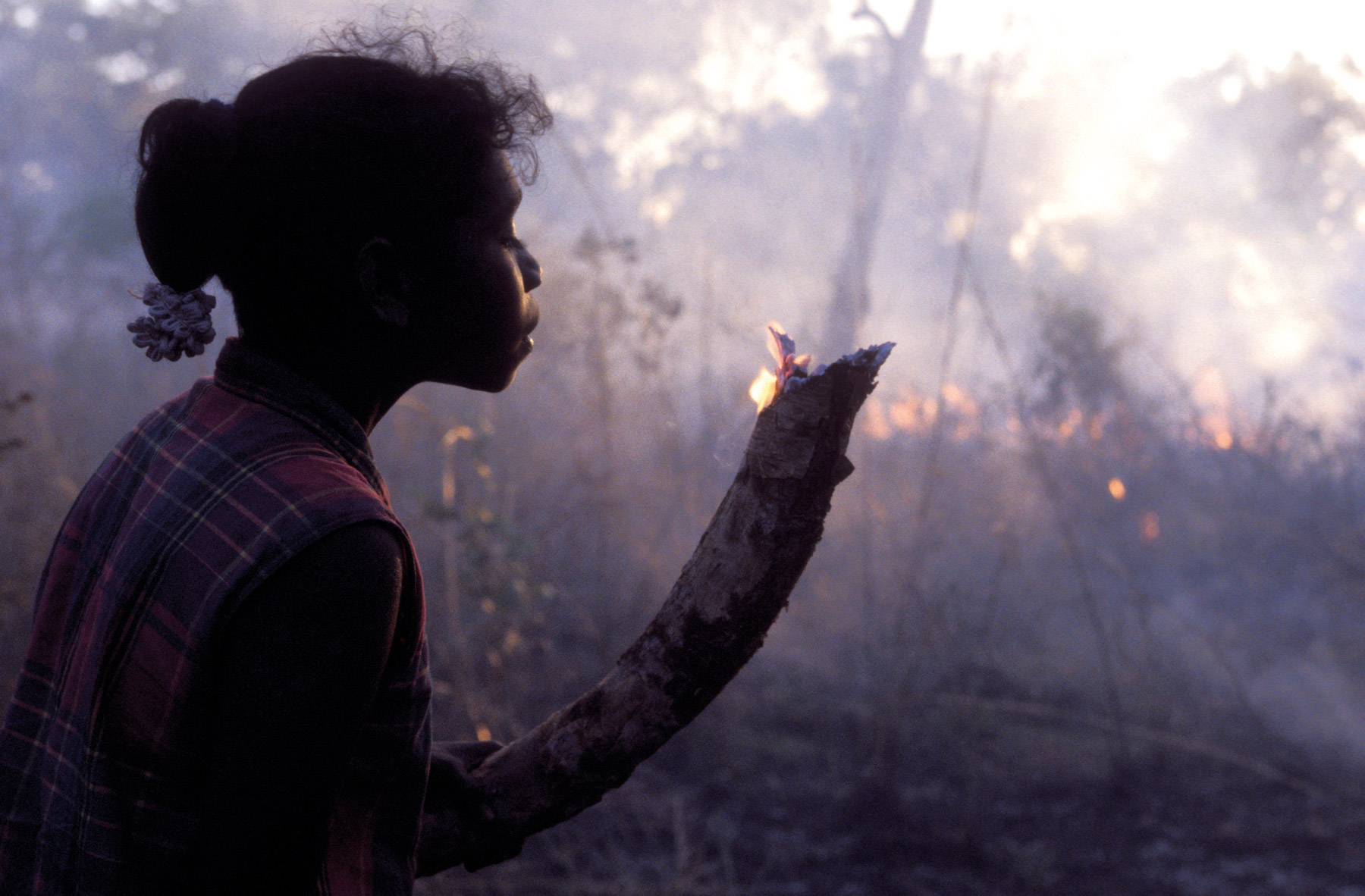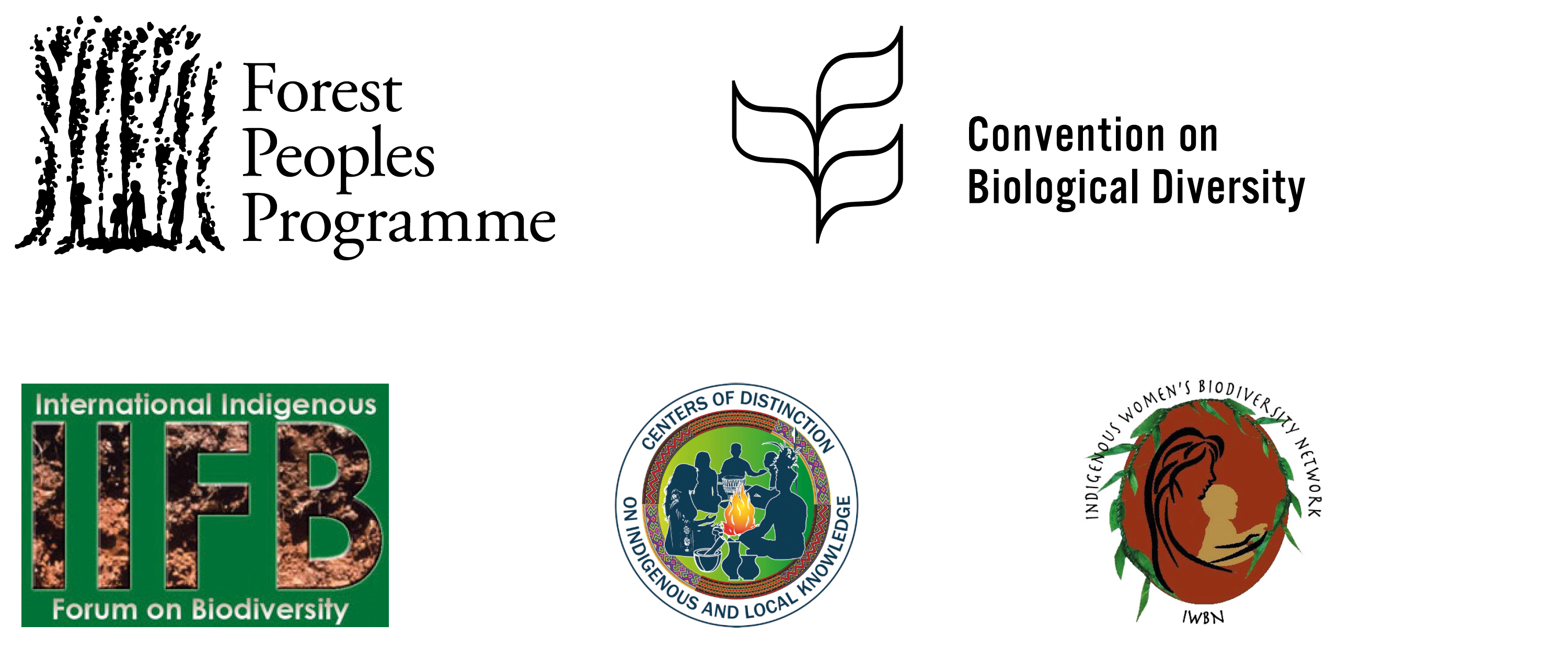About
Kichwa villagers transporting wood downstream in Ecuador. Credit: Tomas Munita.
Local Biodiversity Outlooks 2
Published in 2020 by Forest Peoples Programme
© Forest Peoples Programme
Local Biodiversity Outlooks 2: The contributions of indigenous peoples and local communities to the implementation of the Strategic Plan for Biodiversity 2011–2020 and to renewing nature and cultures. A complement to the fifth edition of the Global Biodiversity Outlook (ISBN 978-0-9955991-9-2) is an open access publication, subject to the terms of the Creative Commons Attribution-NonCommercial License 3.0 (www.creativecommons.org/licenses/by-nc/3.0/). The publication is freely available online at www.localbiodiversityoutlooks.net.
Copyright is retained by Forest Peoples Programme and contributing indigenous peoples and local communities and authors. This overall copyright attribution of the publication does not override the copyright attributions of the images and figures used in the publication.
Forest Peoples Programme
1c Fosseway Business Centre
Stratford Road
Moreton-in-Marsh
GL56 9NQ
England
Phone: +44 (0)1608 652 893 | Fax: +44 (0)1608 652 878
Email: biodiversity@forestpeoples.org
Web: www.forestpeoples.org
Forest Peoples Programme is a company limited by guarantee (England & Wales) Reg. No. 3868836, registered office as above. UK-registered Charity No. 1082158. It is also registered as a non-profit Stichting in the Netherlands. Forest Peoples Programme has NGO Consultative Status with UN ECOSOC.
Graphic design, illustration, and website by Open & Honest.
Readers of Aboriginal and Torres Strait Islander descent are warned that there may be images of deceased persons within this document. The authors apologise in advance for any distress this may cause, as it is not intentional.

A woman sets fire to dry grass at Manikapitji at the beginning of the dry season in Australia. As fires swept through many parts of the country at the end of 2019 and beginning of 2020, various scientists and policymakers called for a revitalisation of Aboriginal fire management systems to rebuild ecosystem resilience and avoid similar carbon-releasing disasters in the future. Credit: Penny Tweedie.
Suggested citation
Forest Peoples Programme, International Indigenous Forum on Biodiversity, Indigenous Women’s Biodiversity Network, Centres of Distinction on Indigenous and Local Knowledge and Secretariat of the Convention on Biological Diversity (2020) Local Biodiversity Outlooks 2: The contributions of indigenous peoples and local communities to the implementation of the Strategic Plan for Biodiversity 2011–2020 and to renewing nature and cultures. A complement to the fifth edition of Global Biodiversity Outlook. Moreton-in-Marsh, England: Forest Peoples Programme. Available at: www.localbiodiversityoutlooks.net
Legal notice
This publication does not imply the expression of any opinion of the Convention on Biological Diversity. The content of this publication represents only the opinion of its authors and is their exclusive responsibility.
Dedication
We dedicate this publication to the individuals, communities and peoples who are protecting the world’s soils, forests, and rivers, and the biodiversity that they nurture. We stand with these brave environmental human-rights defenders who are routinely harassed and criminalised—some even killed—for standing up for their rights and for nature. In particular, we dedicate this publication to the indigenous peoples who face disproportionately grave risks when defending their lands, territories, waters and resources from destruction.
About this report
Local Biodiversity Outlooks presents the perspectives and experiences of indigenous peoples and local communities (IPLCs) on the current social-ecological crisis, and their contributions to the implementation of the Strategic Plan for Biodiversity 2011–2020 and to the renewal of nature and cultures. The first edition (LBO-1) was produced in 2016 as a complement to the fourth edition of the Global Biodiversity Outlook (GBO-4) and has become a key source of evidence about the actions and contributions of IPLCs towards achieving the objectives of the Convention on Biological Diversity.
In 2016, at the thirteenth meeting of the Conference of the Parties to the Convention on Biological Diversity (COP 13), Parties welcomed the first edition and requested a second edition to be launched in conjunction with the fifth edition of the Global Biodiversity Outlook (GBO-5) in 2020. Local Biodiversity Outlooks 2: The contributions of indigenous peoples and local communities to the implementation of the Strategic Plan for Biodiversity 2011–2020 and to renewing nature and cultures (LBO-2) has been prepared in response to that request through a collaboration of the International Indigenous Forum on Biodiversity, the Indigenous Women’s Biodiversity Network, the Centres of Distinction on Indigenous and Local Knowledge, Forest Peoples Programme and the Secretariat of the Convention on Biological Diversity. It brings together information and case studies from indigenous peoples, local communities and community-based organisations around the world, with information from published academic and non-academic sources.
The LBO-2 editorial board was composed of IPLC representatives from the seven indigenous socio-cultural regions recognised by the UN Permanent Forum on Indigenous Issues: Ramiro Batzin, Ruth Spencer, Marie-Josee Artist, Tonio Sadik, Preston Hardison, Polina Shulbaeva, Viacheslav Shadrin, Gladman Chibememe, Lakpa Nuri Sherpa and Tui Shortland.
The lead authors for this publication and the separate summary of conclusions and recommendations were Joji Cariño and Maurizio Farhan Ferrari, together with Andrew Whitmore, Joyce Godio, Jo Ann Guillao, Helen Newing, Claire Bracegirdle and Helen Tugendhat, and vital contributions from over 50 authors and communities who provided case studies and examples. The publication was copyedited by Mary O’Callaghan, with design and illustration by Minute Works. Sarah Roberts was the finance manager for this project.
While Forest Peoples Programme has taken great care to ensure that all information in this report is evidence-based and arising from the case-study contributions, it assumes full responsibility for any errors or omissions in this work.
Acknowledgements
This publication is based on case studies submitted by numerous authors, communities and organisations. We would like to thank all contributors: Astrid Álvarez; Jorge Andreve; Association of Traditional Healers for Treatment of Venom Bites; Brenda Asuncion; Grace Balawag; Edith Bastidas; Ramiro Batzín; Damein Bell; Eduardo S. Brondizio; Josefa Cariño-Tauli; Alex Carter; Kevin K.J. Chang; Florence Daguitan; Dayak Bahau Busaang community of Long Isun; Tatiana Degai; Federación de Comunidades Nativas del Ucayali y Afluentes; Federación Indígena Empresarial y Comunidades Locales de México, A.C. (CIELO) y Sociedad Cooperativa Lool Xaam SC de RL de CV; Forest Peoples Programme; Gbabandi; Cicilia Githaiga; Vu Thi Hien; IISAAK OLAM Foundation; International Indigenous Forum on Biodiversity; Inuit Circumpolar Council—Alaska; Jawatankuasa BioBudaya Melangkap; Eric K. Kimalit; Jadder Mendoza Lewis; Venecio Lingbawan; Adiwasi Samta Manch; Donald Rojas Maroto; Onel Masardule; Alice Mathew; Maya Leaders’ Alliance; Alexandra McGregor; Jane Mellors; Bakoliarimisa Tsiorisoa Mihanta; Zsolt Molnár; Jennifer Moranto; Nirmanee Development Foundation; Shapiom Noningo; Okani; Wanli Ou; Partners for Indigenous Knowledge Philippines; Laura Pearson; Leonard Philip; Jantanee Pichetkulsampan; Joám Evans Pim; Michael Rasheed; László Sáfián; Patrice Sagbo; Mastupang Somoi; Miwa Tamanaha; Lanash Thanda; Chief Dana Tizya-Tramm; Nutdanai Trakansuphakon and Héctor Jaime Vinasco.
Additional research and information were provided by Chrissy Grant, Preston Hardison, Polina Shulbaeva and Ruth Spencer.
Drafts of this publication were made available for peer review. We are very grateful to all peer reviewers as their inputs greatly enhanced the publication. We are also grateful for all feedback on early drafts, including invaluable comments from staff at the Secretariat of the Convention on Biological Diversity and at Forest Peoples Programme.
This publication was made possible through financial contributions from the Secretariat of the Convention on Biological Diversity; the Japan Biodiversity Fund; the Department for Environment, Food & Rural Affairs of the Government of the United Kingdom and Northern Ireland; the Ministry of the Environment of the Government of Finland; the Swedish International Development Cooperation Agency (Sida) through SwedBio at Stockholm Resilience Centre; the Government of France through the Embassy of France to the United Kingdom; the Torres Strait Regional Authority (Australia); the Nia Tero foundation; The Christensen Fund; the Ford Foundation; and the Assembly of First Nations (Canada).
Summary conclusions and recommendations
The contributions of indigenous peoples and local communities to the implementation of the Strategic Plan for Biodiversity 2011–2020 and to renewing nature and cultures.
Published by Forest Peoples Programme, in collaboration with:



